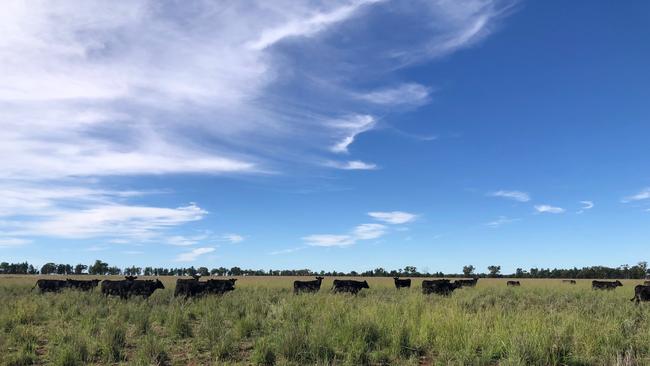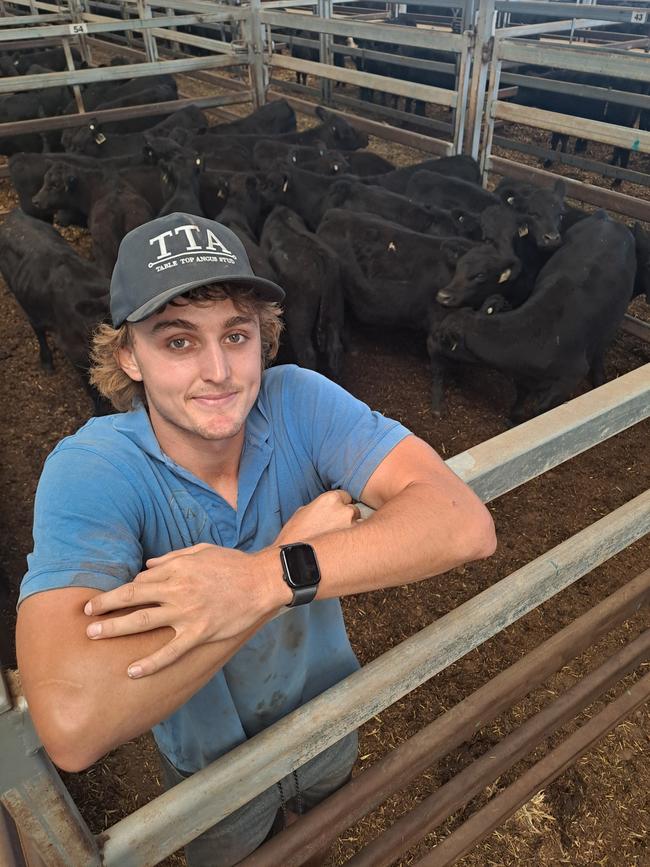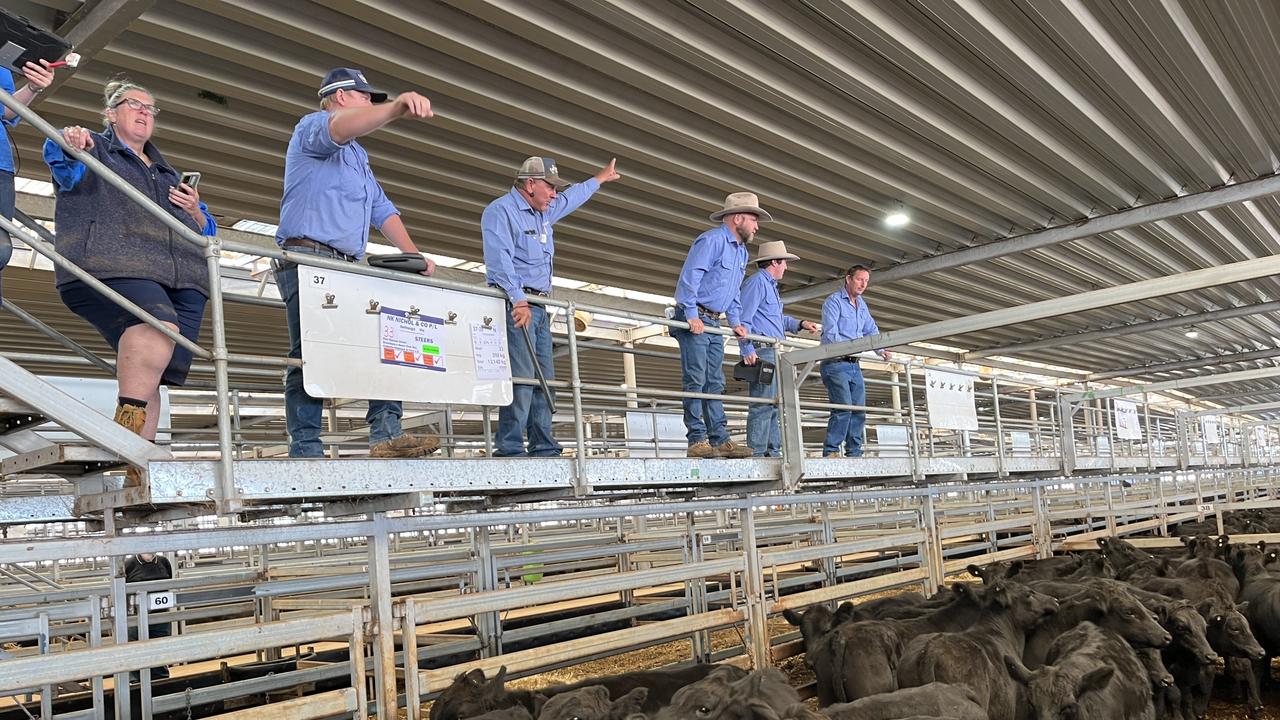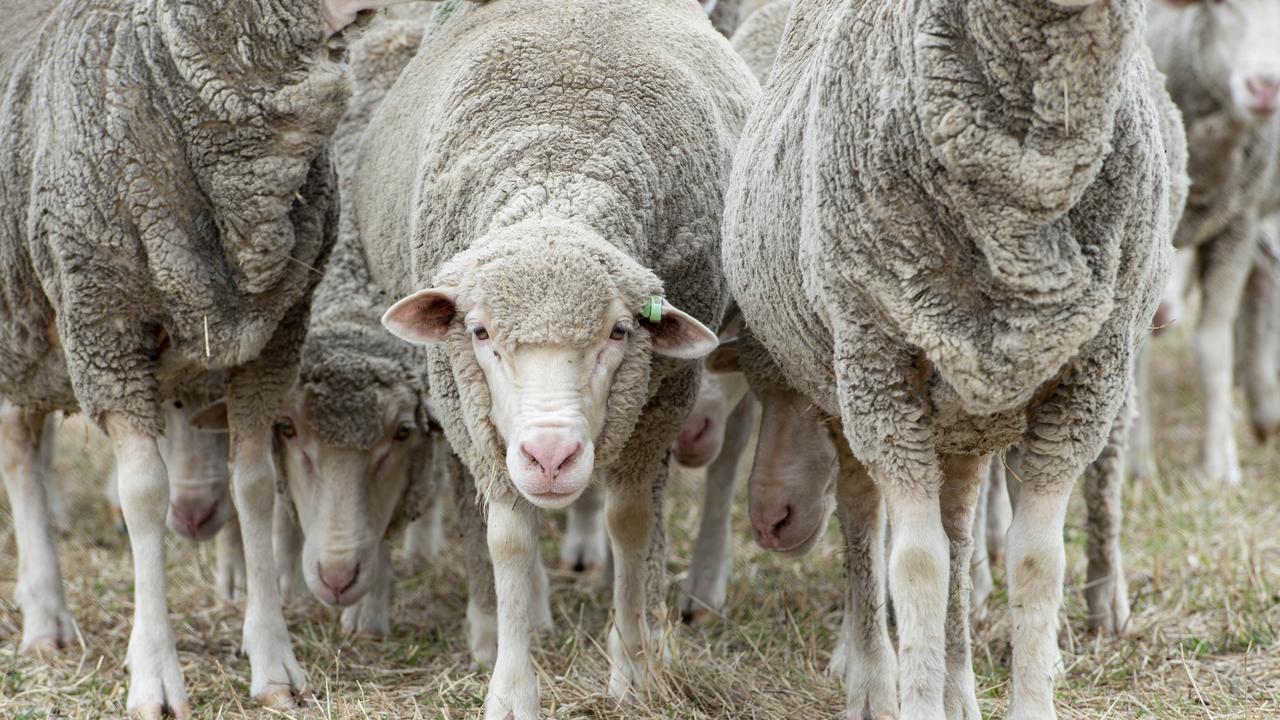Where southeast Australian farmers can find agistment
Agistment is proving a lifeline for livestock farmers in southeast Australia as they grapple with a tough season. But with demand outstripping supply — it doesn’t come cheap. Here’s where to find the best deals.

Agistment is proving a vital lifeline for feed-strapped producers across southeast Australia as autumn rain fails to materialise in many areas. But with demand soaring, available opportunities are being filled at a rapid pace.
Offerings listed on agistment.net.au — a platform run by David and Sarah Birchmore from Winton in Queensland — are being snapped up quickly, with “very strong demand” coming parched regions of southern NSW, Victoria and South Australia.
Despite recentflooding in parts of Queensland and northern NSW, Ms Birchmore said those regions weren’t necessarily offering abundant agistment. In fact, the conditions have created new challenges. .
“In the areas that received a lot of rain and those that experienced flooding, agistment opportunities are rather scarce,” Ms Birchmore said.
“In many of these areas the ground has been scalded by the rain, and soils have been waterlogged for an extended period of time. This impacts on the growth of pastures significantly.”
She added that rainfall came late in the season, with cooler weather now slowing pasture regrowth. In contrast, areas of centralwest Queensland such as Hughenden, Winton, Longreach and Barcaldine — which received good rain in March without major damage — are actively taking agistment.
“A lot of people are taking on short term (six months) steer or weaner agistment around the $6-$7 per head per week mark,” she said.
”We have been speaking to are leaning towards taking a ‘punt each way’ – buying some cattle themselves, but also taking on some agistment as it is a form of cash flow.”
In southern NSW, Table Top beef producer Tim Scott has sent about 900 cattle to agistment properties as far away as Hillston and Condobolin after consecutive poor seasons.

Mr Scott, who runs the Table Top Angus stud, said the current conditions were unprecedented.
Long-term agistment arrangements will allow his spring-calving herd to calve down on pasture, while his autumn-calving portion have already calved off-property. Early-weaned calves from the spring herd were sold in March,further easing grazing pressure.

About 600 cattle remain at Table Top which are in containment and being hand fed.
Mr Scott is paying between $8 and $10 per cow per week for the agistment but said it was worth it to ease the pressure and preserve the stud herd’s genetics.
“We made the decision, and it has been good for the cattle as well as us, as feeding that amount of cattle is relentless,” Mr Scott said.
“The weather will break sometime, but with the time and the cost to feed cattle at home, we decided that it was better to find agistment.”
Mr Scott said the stock they had sent away had performed well on feed levels that would allow them to stay up there for months.
“We have a stud herd that means we want to keep genetics we have worked hard for,” he said. “We’ve done all we can — weaned calves early and sold them, sent stock away on agistment and keeping some at home in containment areas, and all we can do now is wait for rain.”




